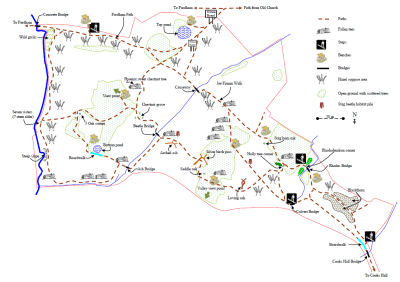 Wildlife Walks
Wildlife Walks
A series of wildlife and other walks are organised throughout the year on various interesting topics. On each occasion, the group is guided by one or more highly experienced experts who are also able to provide many insights into the subject in question.
Recently, the walks have been based on the birds encountered during both winter and present at the Dawn Chorus in May (read more below), as well as viewing nature in the Spring and later when the Bluebells are in bloom. A separate walk examines the 60 or so fungi living within the Wood.
Bat, moth and mammal events usually take place within smaller defined areas and therefore do not involve as much walking.
Whilst the walks and events commence at various times in all cases participants meet outside St Mary’s Old Church, Hall Road, West Bergholt, Colchester, CO6 3DU (for location follow the link here). Dates and times of upcoming walks can be found in the village diary here.
Self-guided Spring walk
If you are unable to attend one of the organized walks then the following will help you manage a self-guided walk:
As you enter the wood, have a look at the Woodland Trust ’s excellent illustrated notice board, which will tell you of many of the most interesting natural features of the wood.
The pond, to the right of the main entrance path, has recently been partially cleared of invasive reed mace and tree growth but still has several interesting plants along its margins.
If you walk to the right of the path and go to the margin of the pond, you will see some of the purple-pink flower spikes of the Early Purple Orchids.
Management work in the wood has enabled these spring beauties to flourish in a number of places. Also, look for the dainty lilac-pink blooms of Lady’s Smock (or Cuckoo Flower) which is the caterpillar food plant of the Orange-Tip Butterfly. If you are lucky, and the sun shines, you may see a male Orange-Tip, which, as its name indicates, has bright orange tips to its forewings.
Butterflies & Birds
You may also see other butterflies including the Speckled Wood, Comma, Peacock, Small Tortoiseshell and Green Veined White.
As you walk round, listen for the songs of birds. Back from winter in Africa are both Chiffchaffs (with their double notes) and Blackcaps. Nightingales are returning as well and you may hear their vibrant notes in the wood. They sing by day as well as at night. You are likely to hear the songs of Robins, Wrens, Dunnocks (see left), Great Tits, Song Thrushes and Blackbirds. At this time of year too, you will hear the laughing “yaffle” calls of Green Woodpeckers and the drumming on dead branches of Great Spotted Woodpeckers.
Flowers in Abundance
As well as the glorious show of Bluebells, you will see blooms of Wood Anemone, Yellow Archangel, Moschatel, Pink Campion, Dog’s Mercury and many clumps of Primroses.
Next to the stream on the Fordham end of the wood, is a big colony of Ramsons (Wild Garlic) which comes into a profusion of white blossom in spring. You will smell the onion aroma even before you get to the plants!
As you leave the wood by the main entrance look back to the east for the tall Wych Elm trees, which now have greenish-yellow leaf bracts. These are vital for the survival of the special White-Letter Hairstreak Butterfly, the caterpillars of which feed on elm leaves.
You can download the illustrated leaflet by clicking this link – Nature trail 2014.
Dawn Chorus Walk
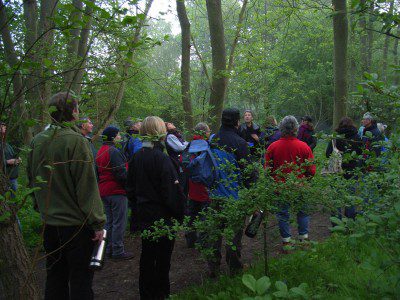
This is another regular guided walk taking place in May every year. It normally starts from the Old Church at 3:45 am. The walk takes you through Hillhouse Wood as dawn starts to energize the birds. The walk in 2013, attended by more than 30 keen walkers, recorded over 20 varieties of birds (seen or heard).
Autumn Fruits Walk
This walk focuses on local berries, soft fruits, nuts & seeds. It will help you know which ones to eat, and which ones you definitely need to leave alone. You will also hear the folklore associated with them. It is likely that you will see around 20 different varieties.
You are also likely to see a pleasing quantity of late flowers as well. On one recent Autumn Fruits walk, walkers saw hundreds of Black Nightshade, Scarlet Pimpernel, colonies of Sun Spurge, Groundsel, Fat-hen, Speedwell, Wild Pansies, Thistles, Mallow and Pineapple Weed.
This walk normally starts from the Old Church at 10 am.
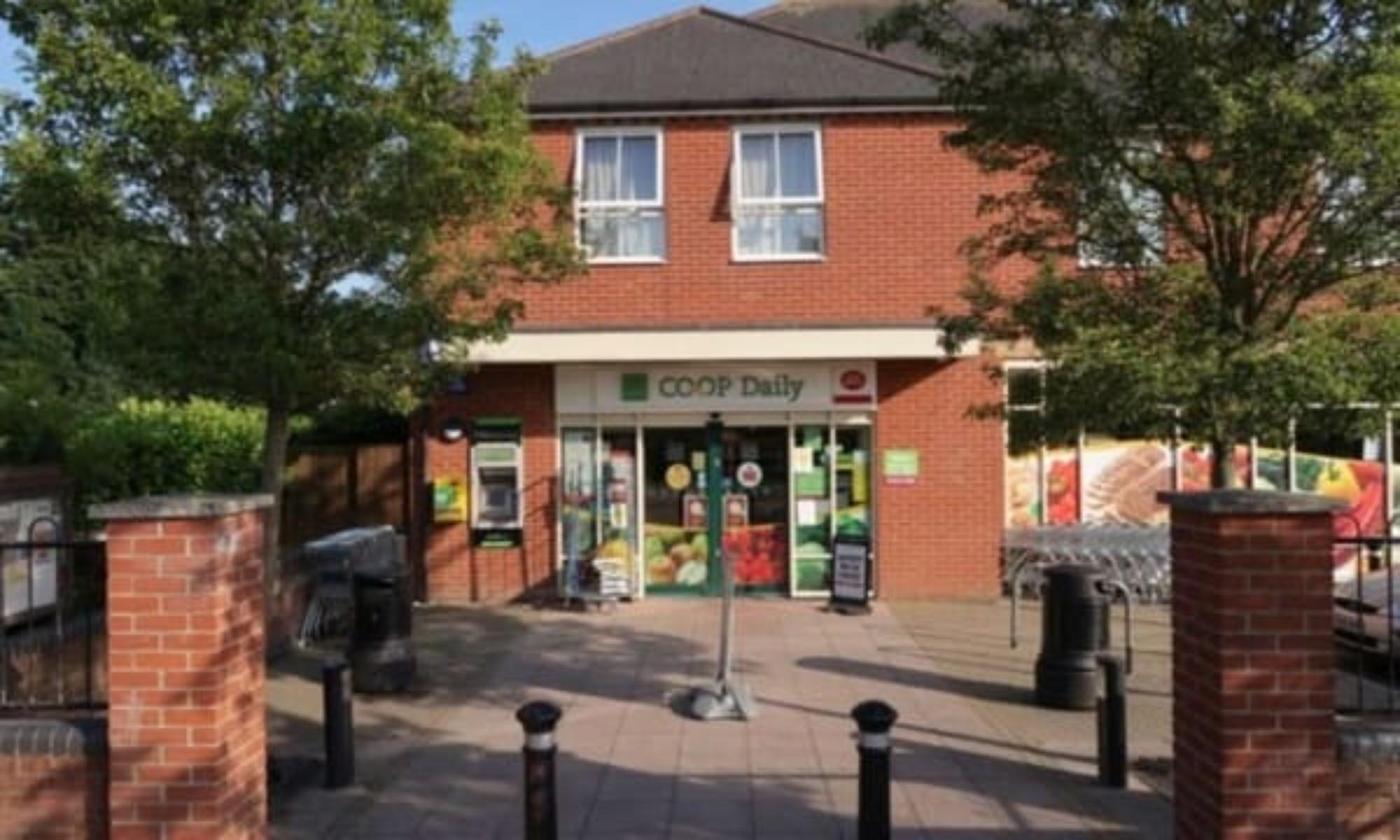
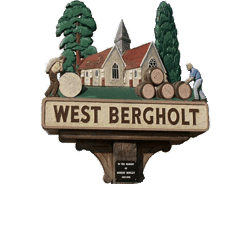
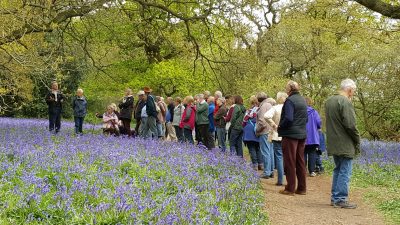 Wildlife Walks
Wildlife Walks